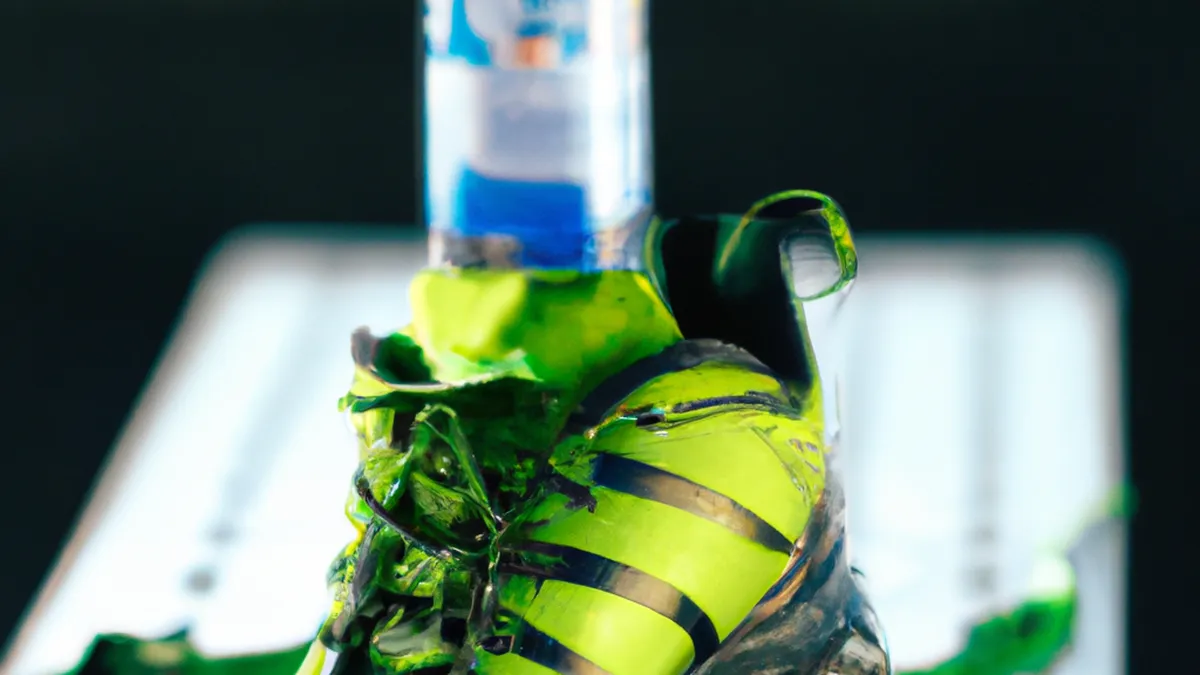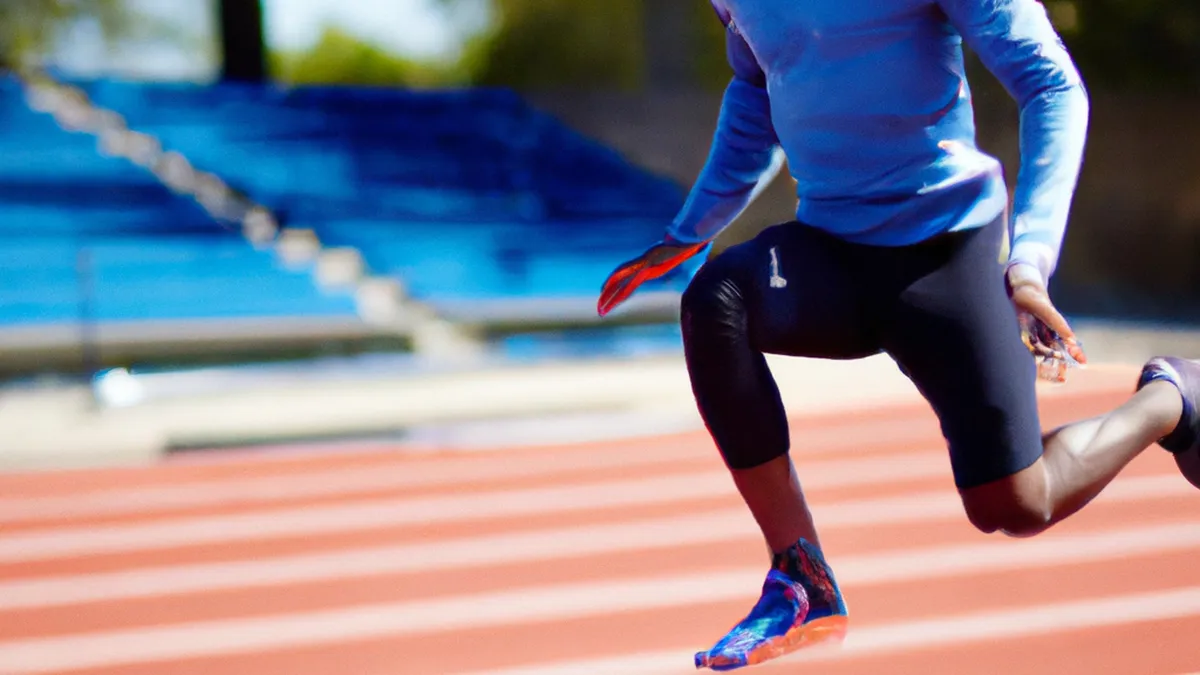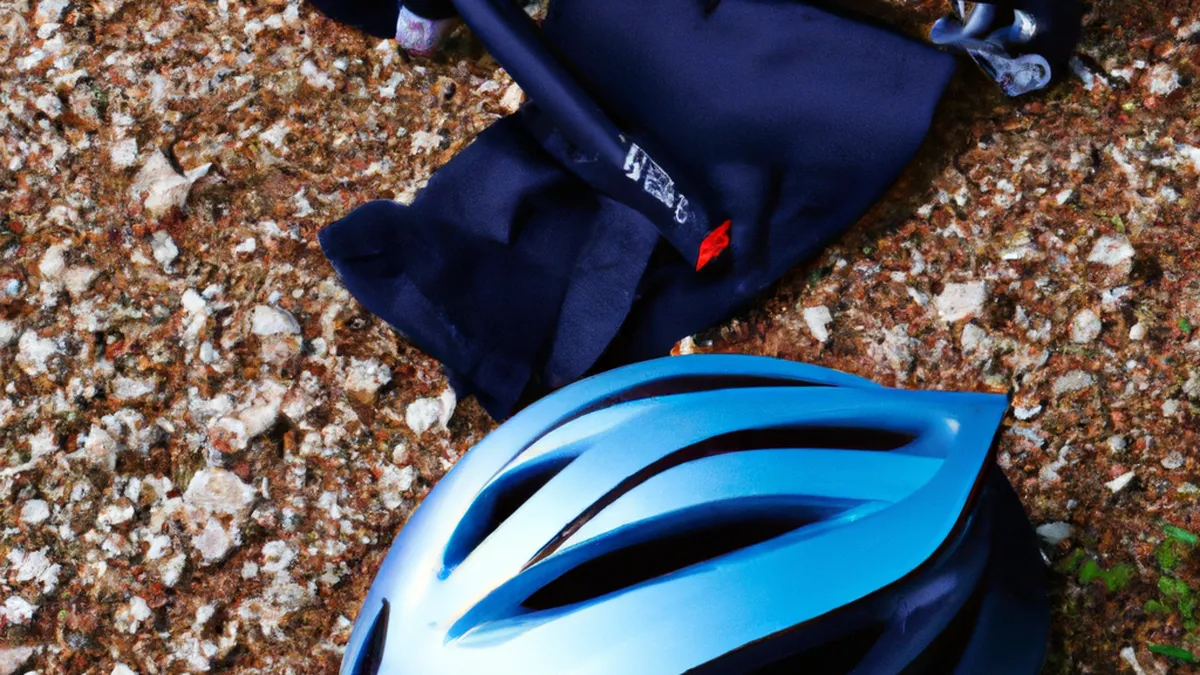Trail-Specific Hydration: What You Need
Hydration Strategies on the TrailStay hydrated on the trail to enhance your outdoor adventure. Drink enough water while hiking, biking, or running. Dehydration causes fatigue, headaches, and health issues. Understanding hydration strategies helps you avoid these problems. Here are tips to stay hydrated during your next adventure.
Know Your Needs
Assess your hydration needs before hitting the trail. Weather, altitude, and activity level significantly affect hydration. Drink more water on hot days because you sweat more. Cooler weather may trick you into thinking you need less. Always prioritize hydration, regardless of temperature.For longer hikes, consider drinks that replenish electrolytes. Mix hydration sources to meet your body’s requirements.
Plan Your Water Sources
As an Amazon Associate I earn from qualifying purchases.
Gear tip: consider electrolyte mix, soft flask, and hydration tablets to support this topic.
Identify water sources along your trail. Some trails have streams or lakes, while others do not. Check a reliable map or guide beforehand. If you find water sources, carry a portable filter or purification tablets to refill safely.Plan your water intake, too. Drink about half a liter every hour during moderate activity. Adjust this based on your needs and environmental conditions. High altitudes may require you to drink more.
Carry the Right Gear
Choose reliable hydration gear. A good water bottle or hydration pack works well. Both options have pros and cons. Water bottles are easy to refill and clean, while hydration packs offer hands-free drinking.Consider the trail’s length and difficulty when selecting your system. For shorter hikes, a standard bottle may suffice. For longer treks, a hydration pack encourages frequent sipping to maintain hydration.
Track Your Intake
Track your water intake to stay on top of hydration. Set a timer or use a water bottle with measurement markings. This helps you remain aware of your consumption. Avoid waiting until you feel thirsty to drink. Thirst often signals dehydration.
Listen to Your Body
Pay attention to your body’s signals for water. Look for signs of dehydration like dizziness, dry mouth, and dark urine. Drink water immediately when you notice these symptoms.Individual hydration needs vary due to factors like age, weight, and fitness level. Always listen to your body and adjust your intake based on how you feel.
Consider the Weather
Weather significantly affects hydration. Hot days cause your body to lose water quickly through sweat. Cold weather can be deceptive; you may not feel thirsty but still need to drink. Dry air can dehydrate you just as fast.Plan accordingly. Carry extra water on hot days. On cooler days, make it a habit to drink regularly, even if you don’t feel thirsty. Stay proactive about hydration to maintain energy.
Benefits of Proper Hydration
Proper hydration boosts energy levels. When well-hydrated, your body performs better and you can enjoy your adventure more.Hydration also aids temperature regulation. Drinking enough water helps your body cool down effectively, especially during exertion outdoors.Staying hydrated supports overall health. It improves digestion and keeps your skin healthy. Drinking enough water enhances your trail experience and benefits your long-term well-being.
Conclusion
Hydration is vital for performance and safety on the trail. Know your needs, plan water sources, and use the right gear for a successful hike. Track your intake and listen to your body to maintain optimal hydration.Remember, hydration requires proactivity. Keep these strategies in mind during your next adventure. They will enhance your experience and help you enjoy the great outdoors. Happy hiking!
Below are related products based on this post:
FAQ
Why is hydration important while hiking?
Hydration is vital for performance and safety on the trail. Dehydration can lead to fatigue, headaches, and other health issues, which can negatively impact your outdoor adventure.
How can I assess my hydration needs before a hike?
To assess your hydration needs, consider factors such as weather, altitude, and activity level. You should drink more water on hot days due to increased sweating, while cooler weather may lead you to underestimate your hydration needs.
What should I carry to stay hydrated on the trail?
You should choose reliable hydration gear, such as a water bottle or hydration pack. The choice depends on the trail’s length and difficulty; hydration packs are beneficial for longer hikes, while standard bottles may suffice for shorter trips.















Post Comment